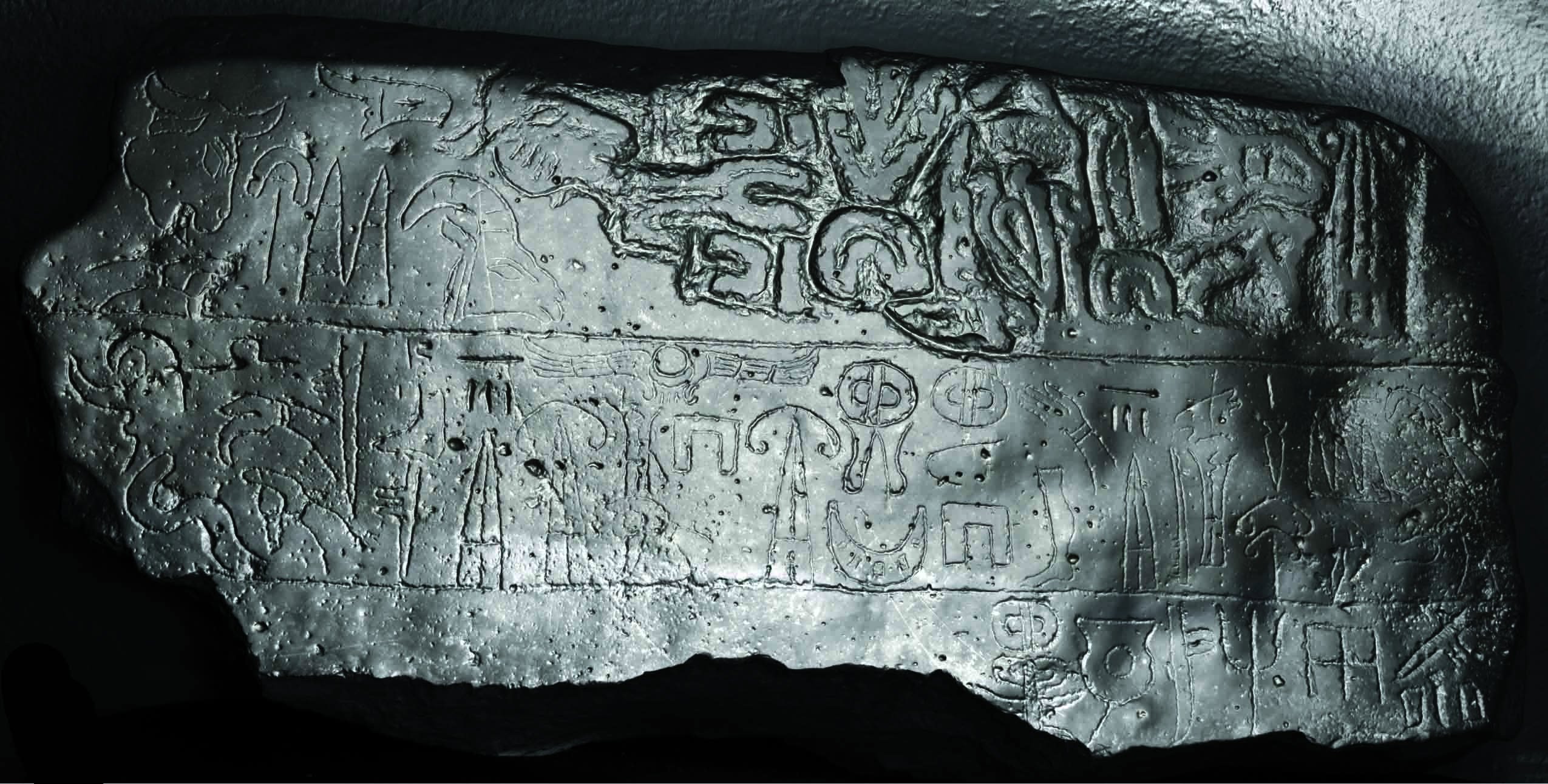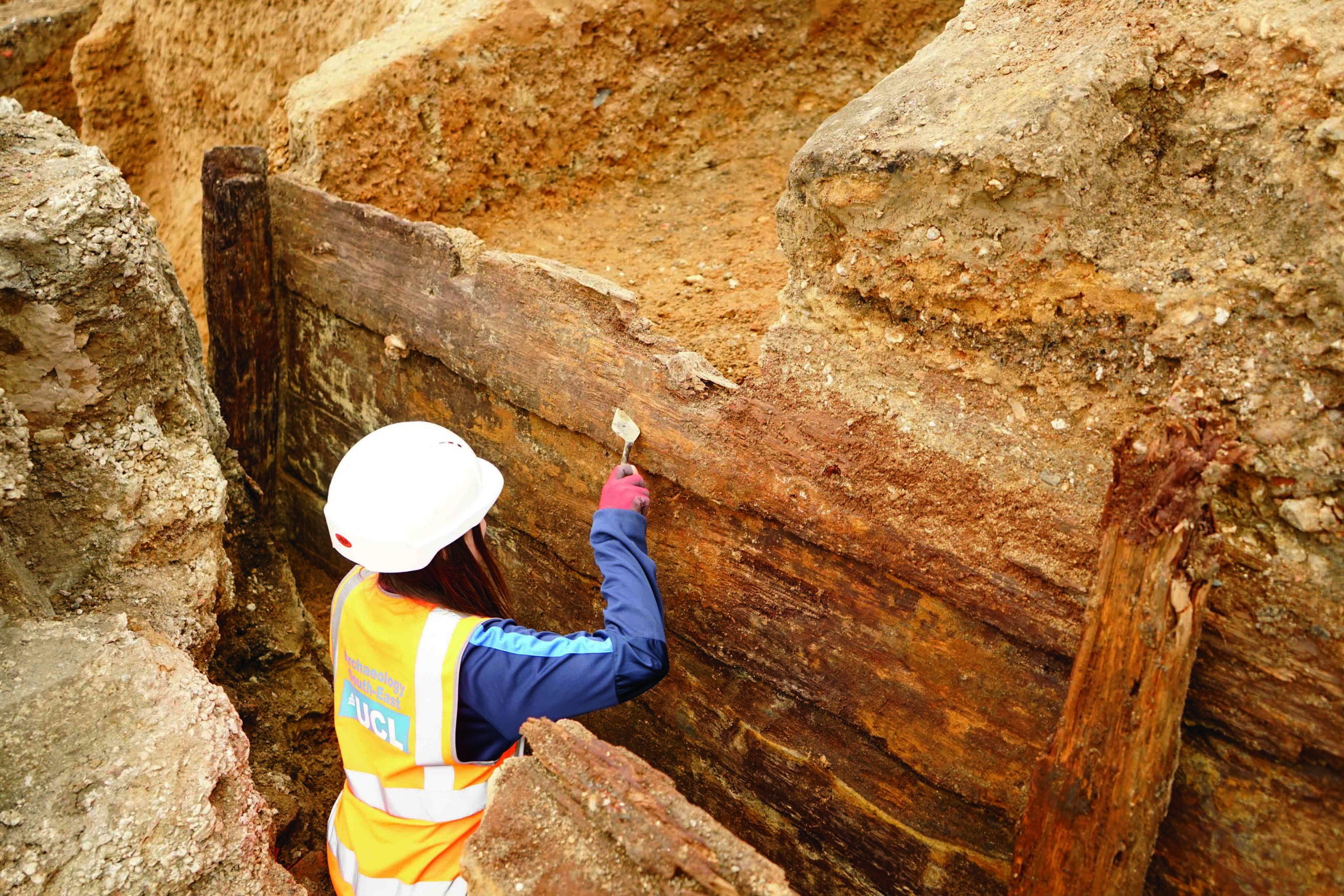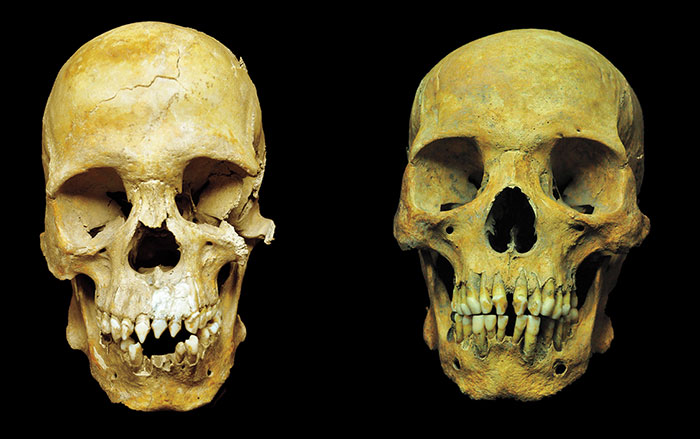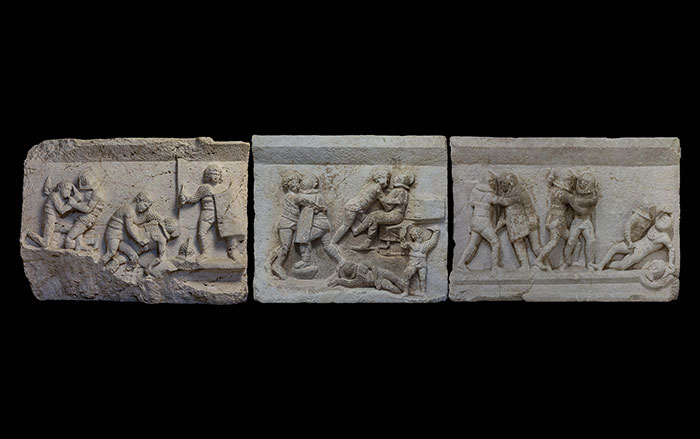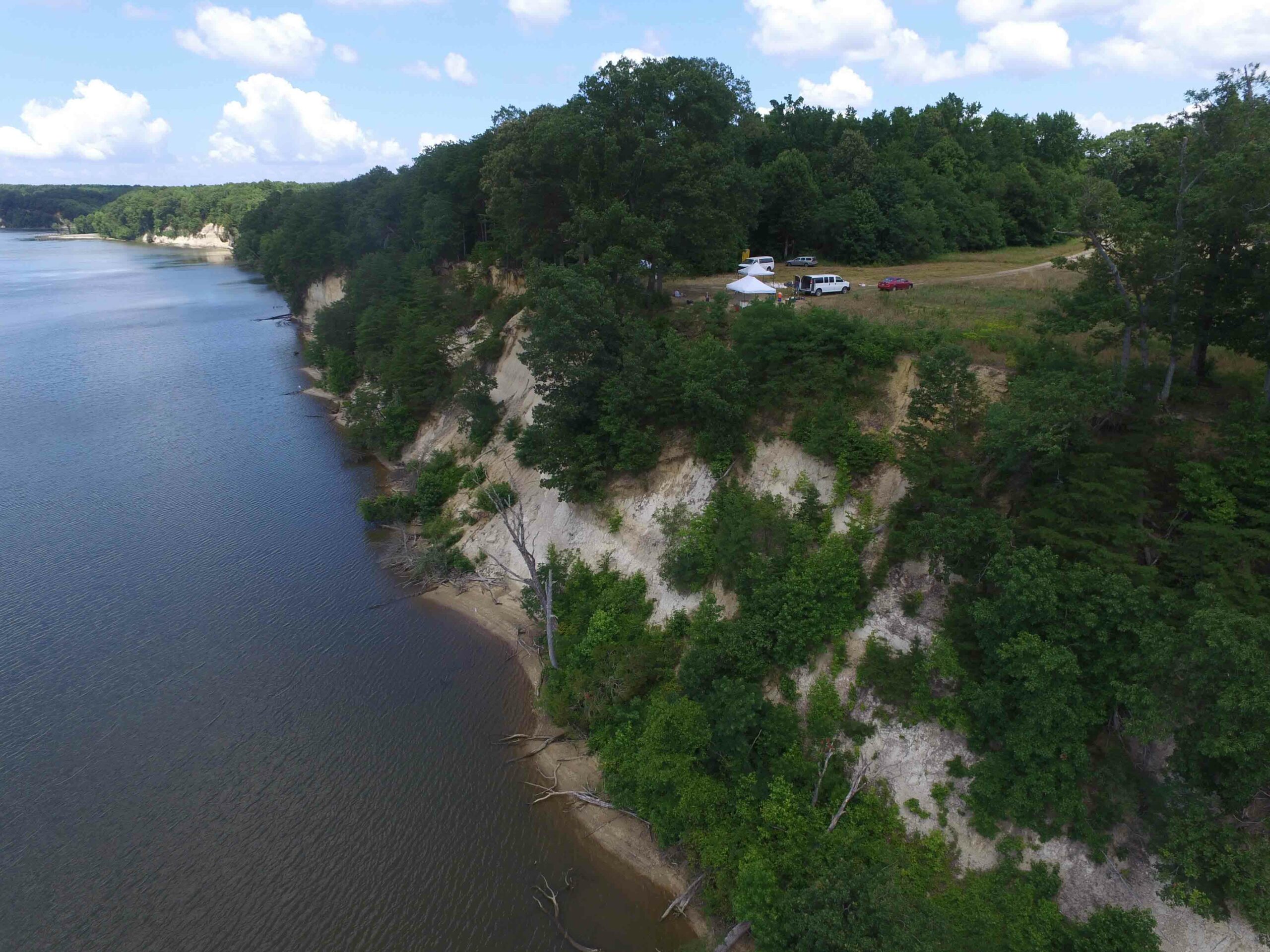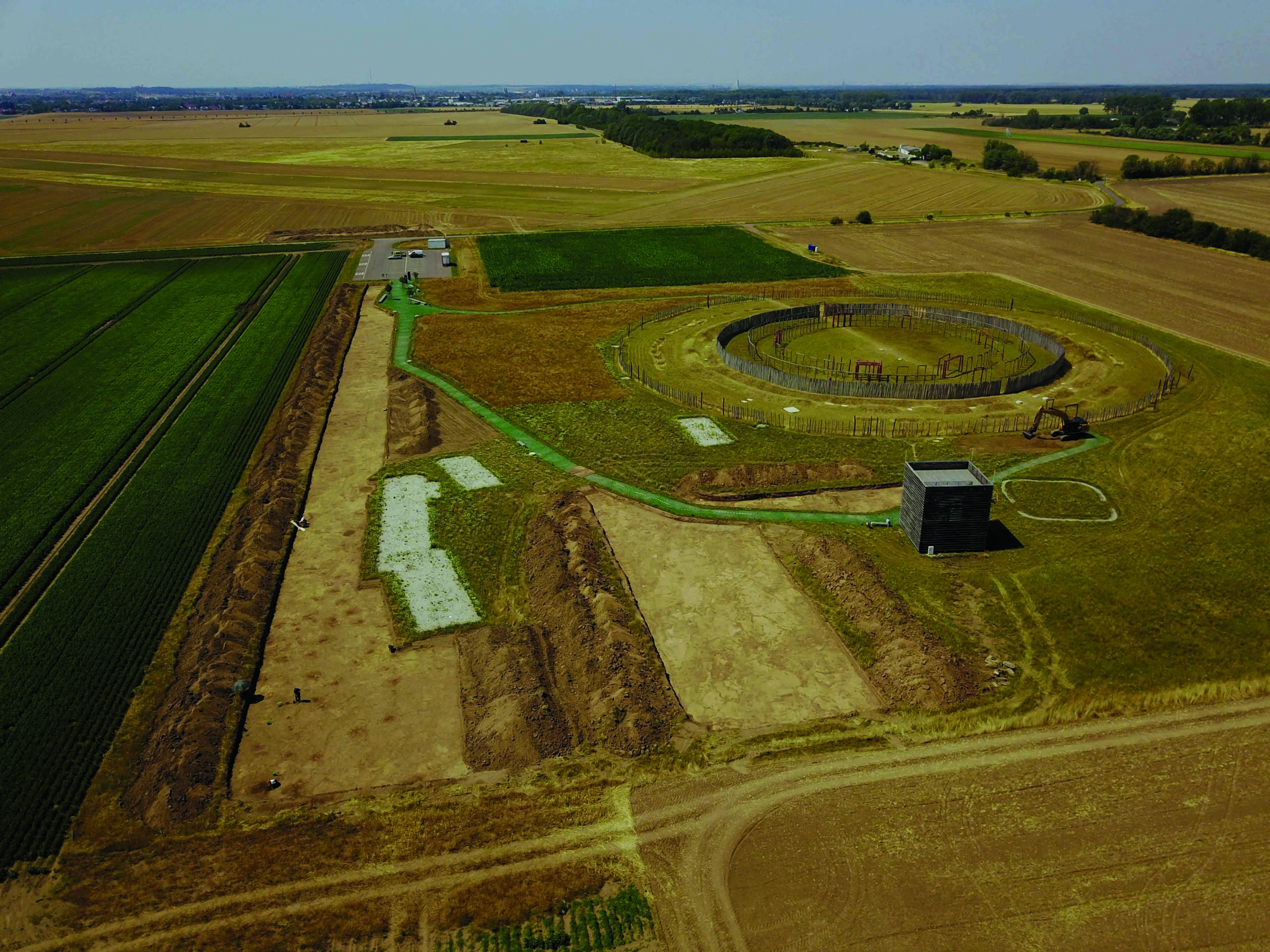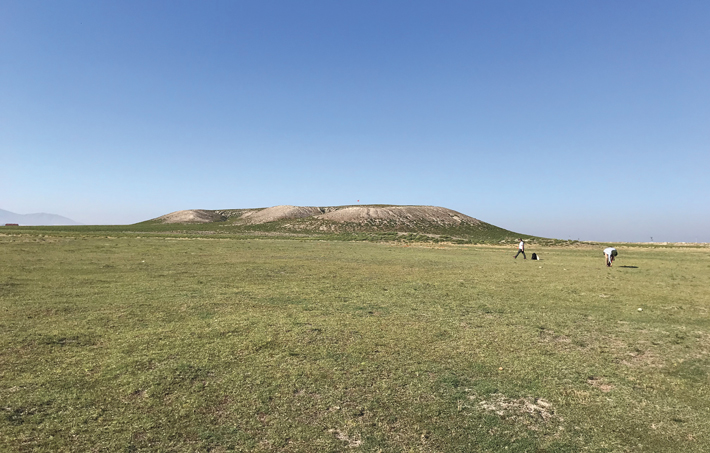
While conducting a surface survey of the ancient mound site of Türkmen-Karahöyük in southern Turkey, a team led by archaeologists James Osborne and Michele Massa of the University of Chicago made a surprising discovery in a canal not far from the mound: a stone stela bearing hieroglyphs in Luwian, a relative of the Hittite language. Based on the shapes of the glyphs, the inscription has been dated to the eighth century B.C. It records the military achievements of “Great King Hartapu,” a ruler previously known only from inscriptions found at two nearby hilltop sanctuaries. Those enigmatic monuments offer no details about the dates of his reign or the extent of his realm. The new inscription, Osborne explains, establishes Hartapu as a Neo-Hittite leader who claims to have conquered the wealthy kingdom of Phrygia in west-central Anatolia and, in a single year, to have defeated a coalition of 13 kings. “We now know almost certainly that Hartapu’s capital city was Türkmen-Karahöyük and that he was allegedly powerful enough to defeat Phrygia in battle when it was at its height,” Osborne says. “Hartapu wasn’t a local yokel, he was apparently a major Iron Age player.”
Based on the ceramics they recovered from the mound, the researchers have determined that, by around 1400 B.C., Türkmen-Karahöyük had grown from a small settlement to a regional center sprawling over more than 300 acres. During the succeeding centuries and throughout Hartapu’s reign, Osborne says, the city probably continued to be one of the largest in Anatolia. “Even in a country as archaeologically diverse as Turkey,” he says, “it’s not every day that an archaeologist finds a massive Bronze and Iron Age city that has never been touched.”



